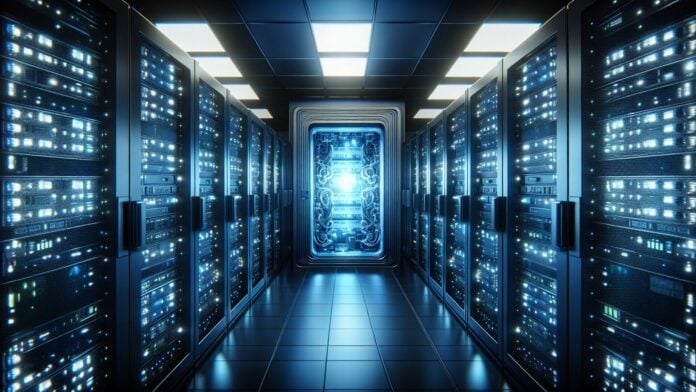The fever of small modular reactors and the silent dependence on water

The global technological acceleration, driven by artificial intelligence and the digital economy, has sparked a new “gold rush” for data center construction. At the same time, the need for reliable, low-emission energy has turned the attention of governments and industries toward Small Modular Reactors (SMRs) as a solution for powering these energy-intensive infrastructures.
Cooling remains a critical factor: both reactors and data centers require large volumes of water to prevent overheating, often necessitating siting near rivers, lakes, or coastal areas. This raises serious questions about the pressure exerted on water resources, especially in regions with limited hydrology such as Southern Europe, the Middle East, California, and Nevada. A 20 MW data center may consume between 10,000 and cubic meters of water per day, depending on the cooling technology (water-cooled or air-cooled). Given that public supply takes precedence, what happens when data centers are threatened by drought?
Data centers tend to be built in arid or semi-arid climates, as these environments are generally preferred for server operations. However, such regions are often prone to water scarcity or drought, while data centers typically require substantial amounts of water to prevent overheating. Notably, half of a data center’s water footprint occurs outside the facility itself.
The military dimension is also critical. The simultaneous operation of SMRs and data centers within military installations creates concentrated demand for water, intensifying pressure on local resources. These facilities host supercomputers, data centers, and AI hubs for cybersecurity, simulations, and strategic analysis. Aiming for energy autonomy under crisis conditions, the Pentagon’s Janus program, formerly known as Project Pele, plans the deployment of portable nuclear reactors at military bases both within the United States and abroad.
The issue is particularly acute across Southern Europe, where in many cases water demand exceeds available supply. The European Environment Agency reports that the region’s water resources are currently under severe stress, with water scarcity affecting one third of the population. Data centers are expected to face high exposure to water shortages throughout the 2020s. Countries such as Spain and Greece are among the locations projected to experience the greatest water deficits and are increasingly turning to desalination. European lawmakers have warned of a growing risk of water crisis in the region, stressing the urgent need to address challenges such as scarcity, food security, and pollution, at a time when Europe is the fastest-warming continent on the planet.
The European Union, in its effort to become a global hub for artificial intelligence, has announced plans to expand its data center infrastructure, declaring in April its intention to at least triple its capacity over the next five to seven years. In line with this strategy, the Jupiter supercomputer, capable of performing over one quintillion operations per second—was officially inaugurated in September 2025. This marks Germany’s entry into the race for technological dominance and supports critical sectors such as artificial intelligence, climate modeling, biomedicine, quantum mechanics, and open access through the EuroHPC initiative.
NAFTEMPORIKI / ENERGY, Tuesday, October 21, 2025
Ο πυρετός των μικρών αρθρωτών αντιδραστήρων και η σιωπηλή εξάρτηση από το νερό